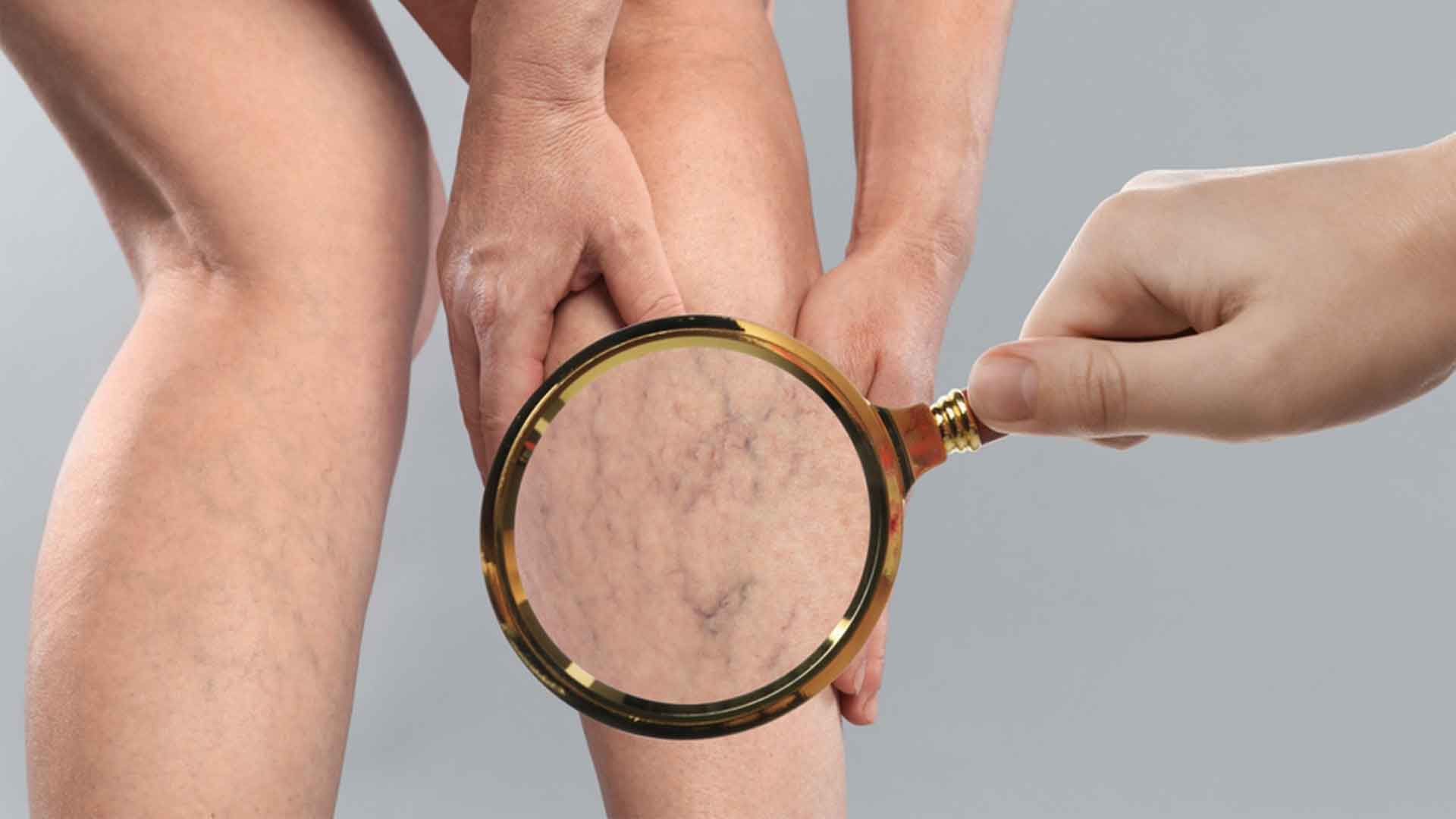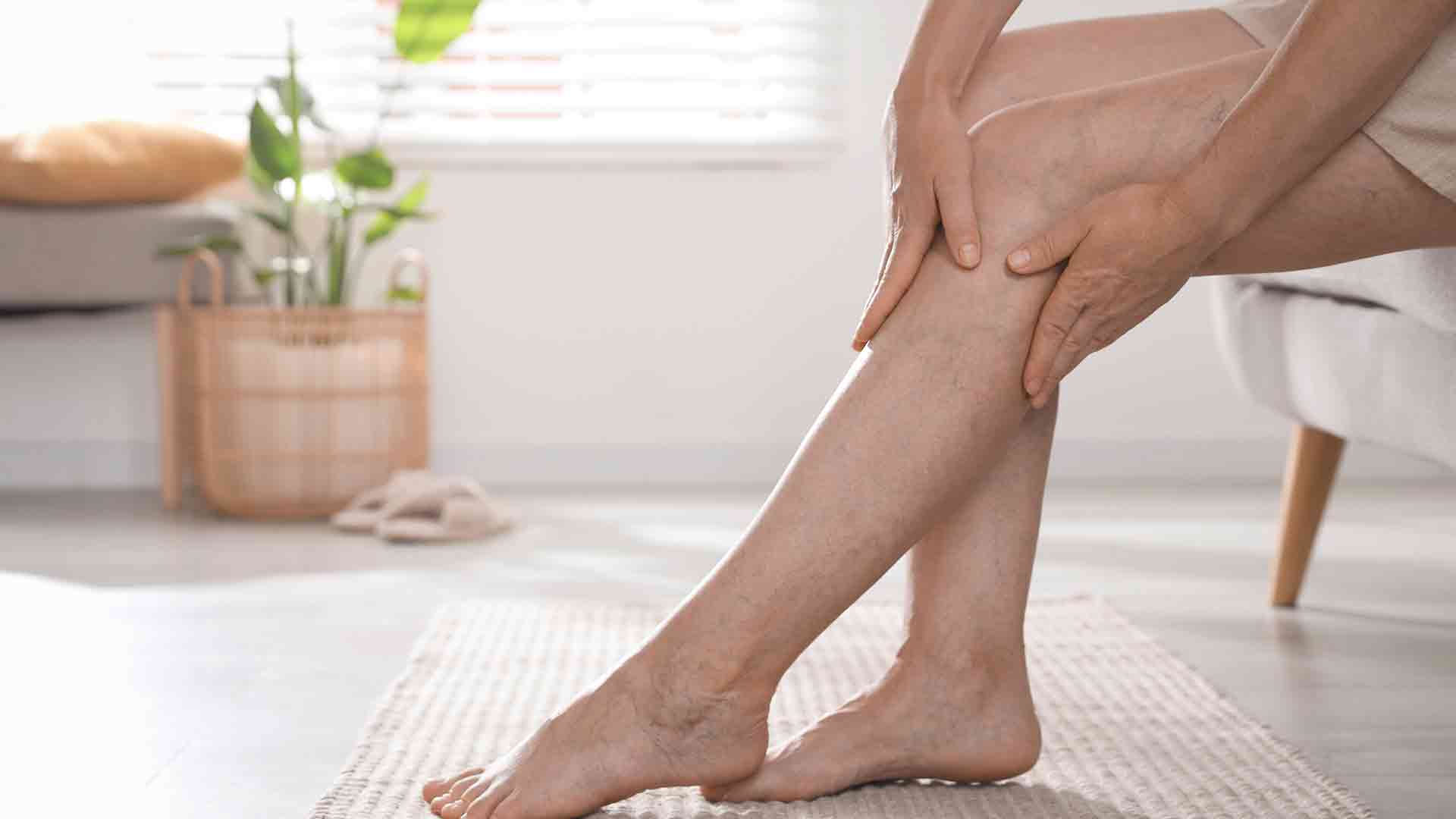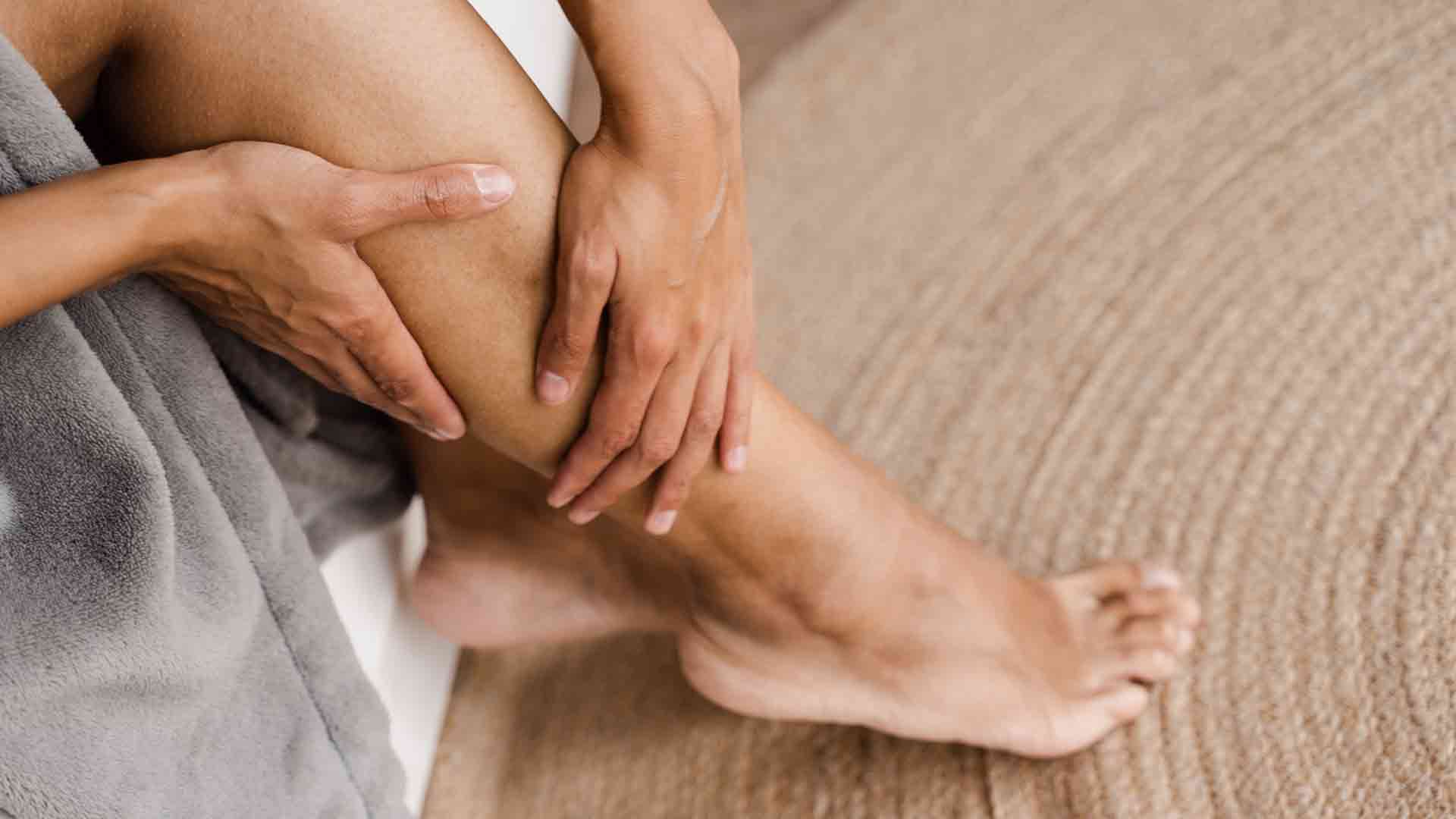Understanding the Circulatory System
To understand what causes varicose veins, we must first look at how the circulatory system works. Your veins carry blood from the rest of your body back to your heart. The veins in your legs, in particular, must work against gravity to push blood upwards. Tiny valves inside the veins help with this process by opening to let blood flow toward the heart and then closing to prevent it from flowing backward.
However, when these valves become weak or damaged, they can no longer function properly, leading to blood pooling in the veins. This pooling causes the veins to stretch and become enlarged, giving rise to varicose veins.
Common Causes of Varicose Veins
While valve dysfunction is the direct cause of varicose veins, several factors can increase your risk of developing them. Here are some of the most common causes and risk factors:
- Age: As we age, the valves in our veins naturally weaken. This increases the likelihood of blood flowing backward and causing varicose veins. People over the age of 50 are more prone to this condition.
- Gender: Women are more likely than men to develop varicose veins. Hormonal changes during pregnancy, pre-menstruation, and menopause can relax vein walls, contributing to valve weakness. Additionally, hormonal therapies or birth control pills may raise the risk.
- Genetics: Family history plays a significant role in the development of varicose veins. If your parents or grandparents had them, you’re more likely to develop them as well. Inherited weaknesses in vein structure can make you more susceptible to valve failure.
- Pregnancy: During pregnancy, the volume of blood in a woman’s body increases to support the growing fetus. This additional blood can put extra pressure on the veins. Furthermore, the growing uterus can press on the veins in the pelvis, making it harder for blood to flow from the legs back to the heart. Although varicose veins that appear during pregnancy often improve after delivery, they may persist or worsen over time.
- Obesity: Carrying extra weight puts additional pressure on your veins, making it harder for the blood to flow upward. This added pressure can cause the valves in your veins to weaken over time, contributing to the formation of varicose veins.
- Prolonged Standing or Sitting: Occupations or lifestyles that involve long periods of standing or sitting can increase the risk of developing varicose veins. When you’re in a static position, especially standing, your veins must work harder to pump blood against gravity. This increased strain can weaken the valves over time.
- Lack of Movement: Leading a sedentary lifestyle can also increase the risk of varicose veins. Regular movement helps improve circulation and ensures that blood doesn’t pool in your legs. Without consistent exercise, your veins can become sluggish and more prone to developing varicose veins.
- Injury or Trauma: Injuries to the legs can damage veins and their valves, making it difficult for blood to flow properly. Over time, this can lead to the development of varicose veins in the affected area.
Symptoms of Varicose Veins
Now that we’ve explored the causes, it’s essential to recognize the symptoms of varicose veins. Common symptoms include:
- Swollen, twisted, or bulging veins
- Aching or heavy legs
- Leg pain, especially after standing or sitting for long periods
- Swelling in the lower legs or ankles
- Skin discoloration around the varicose veins
- Itching or a burning sensation near the affected veins
Preventing Varicose Veins
While some factors like age and genetics are beyond your control, there are steps you can take to reduce your risk of developing varicose veins or to prevent existing ones from worsening:
- Exercise regularly: Regular physical activity can improve circulation and strengthen the muscles that help pump blood through your veins.
- Maintain a healthy weight: Losing excess weight can reduce the pressure on your veins, which can help prevent varicose veins from developing or worsening.
- Avoid prolonged standing or sitting: Try to change positions frequently and take breaks to move around.
- Elevate your legs: Whenever possible, elevate your legs above your heart to reduce swelling and improve blood flow.
- Wear compression stockings: These stockings apply gentle pressure to your legs, encouraging blood flow and reducing swelling.
Conclusion
Varicose veins are often a result of weak or damaged valves in the veins, but many factors such as age, gender, genetics, and lifestyle choices can increase the likelihood of developing them. While they can be uncomfortable and unsightly, there are ways to manage and prevent varicose veins through lifestyle changes and medical treatments. If you are concerned about varicose veins, make an appointment today with the experts at Kronson Vein Institute.


